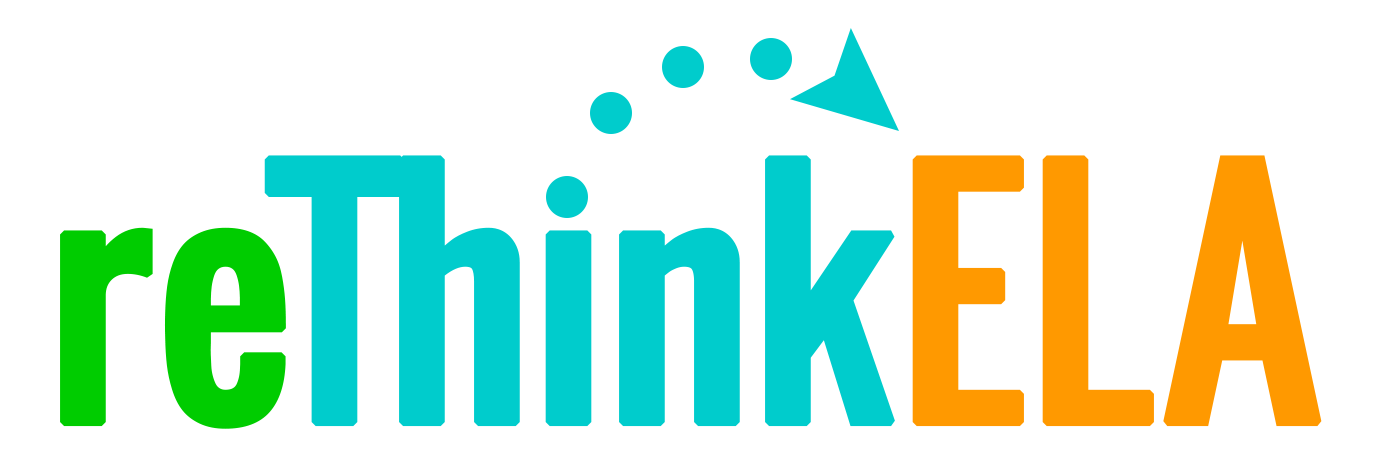Just when we thought we’d weathered the worst in educational deformation, we’re flooded with another tsunami of malicious political tomfoolery.
This time it’s presidential wannabe Hillary Clinton claiming that she will close down below average schools. If you want to read more about this educational quackery, these folks have summed it up:
- Clinton’s Math Problem by Peter Greene
- Hillary Clinton: Vowing To Close Schools Not “Above Average” by Mercedes Schneider
- Better-Than-Average?! by Rob Miller
Here is what I’d like to offer: A solution to all end all the tidal waves of education reform that threaten to drown our students, our teachers, and our schools.
But first you might be wondering who in the world I am to have any say in this discussion. Well, to begin with, I’ve spent 4 and a half years teaching students in various classrooms. This fact automatically provides me with more educational expertise than your “average” education reformer. I have worked in school systems ranging from rural high income to urban poor and rural poor. I also have experience running a business, working for corporations, and researching issues as a journalist. My family also has a history in educational service, with my grandfather serving as a school board member, and my mother volunteering at school for years while my brother and sister and I attended. I myself have covered many school board meetings and written various educational stories over the years as a reporter.
My family has attended public schools almost exclusively. I am the only person in my immediate or extended family who has attended a private university and the first person in my immediate family to earn a Bachelor’s degree. My mom’s father attended Kansas public schools, but had to leave in the 8th grade to work for the railroad to help support his family. My mom’s mother finished high school in Nebraska and attended more than 50 years of class reunions. Both my parents finished high school. My dad earned an associate’s degree from Sayre Junior College and received additional training in communications through the Air Force. My father’s dad finished high school and served in the Army before returning home to manage the family grocery store and serve on a local school board in southwestern Oklahoma. My father’s mother did not finish high school, but took typing and shorthand classes at dad’s school while he attended and later earned her GED. She retired after many years of serving as a secretary at City Hall. My brother earned an Associate’s degree in auto mechanics from a local community college and my sister earned a diploma in medical insurance coding through a local business college.
I just talked to my dad who shared a story about his entrance into the Air Force. He took a battery of tests to determine his strengths. Afterwards, the test administrator asked him what he had against mechanics. Confused, my father asked him what he meant. The administrator told him that mechanics was the only subject on the test in which he’d missed a question. At that point, my dad was able to choose his Air Force career path.
My family has benefitted from a public education system that sought to hone their strengths instead of punishing them for their weaknesses.
With this history in mind, I have devised a solution to our current problem.
- Teachers would spend the first couple of weeks of each school year getting to know their students and then meet together to find solutions. Diagnostic tests would be given at this time to determine student strengths, and students would then be given options for sharpening those skills, including a vocational track, a business track, and a college track. I suspect many students who are currently disenfranchised and failing in our current education system would find the motivation to succeed if they knew the system was working for them, instead of against them.
- Teachers would also identify those students lacking shelter, food, clothing, physical or mental health care, emotional support, motivation, direction in life. Teachers would report this group to the counselor. Teachers would also identify student strengths, and provide those students with classes needed to build on those talents. Teachers would also identify students who lack necessary skills, concepts, and other critical academic components to be successful in their chosen educational track and provide them with those classes. There would be no more than 15 students in a class and plenty of teachers for this to work.
- Counselors would take the lists that teachers send to them and spend their time actually counseling those students and their families, not managing Big Standardized tests (thank you Rob Miller!). The counselors would identify the needs of those students and meet those students’ needs. This could range from buying the student a jacket to bringing in family counselors for students who live in toxic family environments.
- The counselor would work with the principal and other administrators of the district, local colleges and technology centers, and local businesses to find the best sources for goods and services for the students. Colleges would continue offering concurrent classes, technology centers would have the funding and resources to provide more slots for students in their programs and businesses could offer internships for students interested in their industry. In December, the superintendent would send an invoice to the State Department of Education for everything required to properly education and care for their students.
- During the summer, or at the end of a year, teachers would work with their administrators to identify academic services and materials needed to teach this year’s group of students. Will the current set of textbooks work? Yes? Great! No need to spend that money. Are the textbooks so outdated or falling apart that they’re practically useless? Time to order more this year. Do we need a reading specialist for a group of students who are struggling. Great! Send one of the teachers to school for a master’s degree in that specialty, or hire an existing specialist. When those decisions have been made, send an invoice to the SDE.
- The State Department of Education would begin funding these invoices. Did we need more money this year to cover the costs? Did we need more money than we have this year to cover mental health services for our students? No problem! Notify our legislators that our kids really struggled mentally this year, and send them a copy of the bill. Then the legislators begin finding ways to fund the bill. Do we need to dip into the rainy day fund? Do we need to halt a tax cut? Do we need to increase corporate taxes? Do we need to encourage our business community to provide better mental health insurance options for their people?
- The same process would be repeated the next year. At the end of the school year, principals and superintendents would send in budget proposals showing their estimated needs for the next year, an adjustment in late August and another one in December. The purpose of the state and federal departments of education would be to ensure that schools were funding, not to issue unfunded mandates and pull the rug out from under education at every opportunity.
Okay, so that idea probably has the same problem many other ideas have: It’s too simple. But here is where it differs: This idea starts with the experts, the people who are actually in the classrooms and the schools.It trusts those people to do their jobs and to have the best interests of students at heart. This is how a healthy business system works. The management trusts its people to do their jobs, to identify problem areas and offer solutions, and to take care of their clients. When an area is identified, a solution is devised, and then funded. This is true in healthy business systems where the company is actually interested in providing the best services possible for their clients.
On the other hand, in sick businesses, managers’ hands are tied, corners are cut, and service goes downhill. Perhaps the CEOs are more interested in making money than actually doing their jobs. Perhaps the CFO would rather pay investors than fulfill the company’s mission.
Hmmm… that sounds like our corporate reforms and legislators…
And that’s the problem with the existing system. Those who are doling out the funding do not have the best interests of students at heart and are not interested in fulfilling the mission of public education. Don’t let the soundbites and catchy titles of “education” nonprofits fool you.
You can read more about the mission of public education (and the U.S. Postal Service, which corporate reforms tried to take over in the 80s and 90s) on Rob Miller’s blog.
What do you think effort to stem the tide threatening our public schools? What would need to happen for a a bottom up approach to better fulfill the mission of public education?


I agree. Since I teach students with special needs, this would benefit them. Very, very few will go to college. We’re wasting their time, my time, and educational funds that could be better used.
So freakingly logical –> Politicians and policy people won’t understand – or I’d they do, won’t have the guts to Consider it!!! Build trusting relationships; identify, understand, and deal with the important issues; AND facilitate effective learning!!!
By the way, I expect Joy understands this very well but is in the minority when it comes to understanding the power of this approach!!!